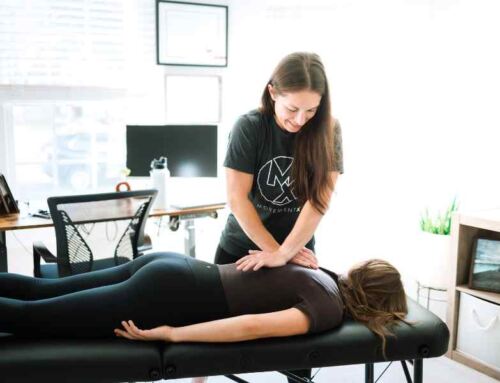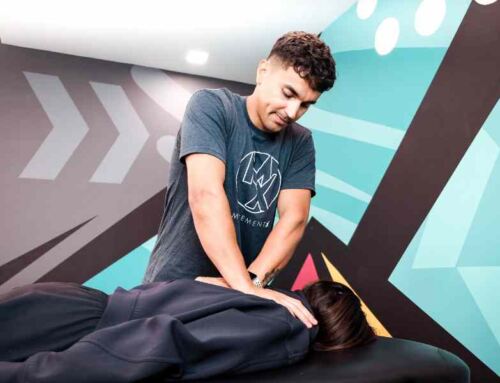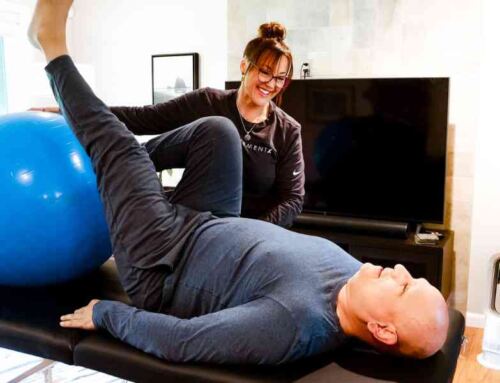Unless they’re a driver in a demolition derby, nobody plans to get into a car accident. However, it is estimated that over 75% of us will be in one at some point in our lives. Fortunately, a significant majority of injuries sustained in all car accidents are minor – especially those occurring in rear-end collisions, the most common type of accident in the U.S.
Following car accidents (even low-speed ones) people often experience frustrating pain symptoms in the neck, shoulders, head, and jaw or what is often described as a whiplash injury. Whiplash injuries are estimated to occur in up to 83% those involved in a car accident.
The pain resulting from an accident can really interfere with our ability to work and play. To get back to normal life, proper management is critical. This article will help you understand your injury, take control of your recovery, fully resolve your pain, minimize your risk for chronic disability, and safely return to doing the things that you love to do.
What Happens In and After an Accident
When a car accident occurs those involved often experience a very sudden, forceful forward and backward motion resulting from the collision. This mechanism of injury is referred to as a Whiplash-Associated Disorder (WAD).
This sudden movement puts large amounts of force on our muscles, tendons, ligaments, joints, discs, and even nerves resulting in a variety of symptoms and limitations that can include:
- Pain in the neck, jaw, shoulders, and back
- Stiffness and tension in the neck, jaw, shoulders, and back
- Headaches
- Radiating pain, numbness or tingling to the arm/hand
- Dizziness
- Irritability
- Increased fatigue/tiredness
- Difficulty sleeping
- Difficulty completing normal daily activities
However, not all accidents are the same. It is common for individuals in similar accidents or even the same accident to experience different symptoms. Some people feel instantaneous pain while for others the onset can be delayed. The severity of the accident is also not necessarily predictive of recovery.
Research has found that people who have been in an accident generally follow one of three recovery trajectories:
- Trajectory 1 (15-35% of people): Recovery will be quick and uneventful
- Trajectory 2 (20-45% of people): Recovery will be delayed or incomplete
- Trajectory 3 (20-45% of people): Very little recovery and report significant lasting symptoms and/or chronic disability
It is most important to know that these trajectories are not fixed.
A person initially at risk for poor recovery or chronic symptoms could change their path to a quick and uneventful recovery with the proper care. Healthcare professionals who are well trained in managing patients following an accident will be able to identify each patient’s risk profile and provide the most appropriate treatment to ensure the best possible outcome.
We know that you are busy with life and work and do not have time to let the pain from an unexpected accident get in your way. Follow these steps to feel confident in your recovery plan and make sure that you get back to doing the things that you love to do as quickly as possible.
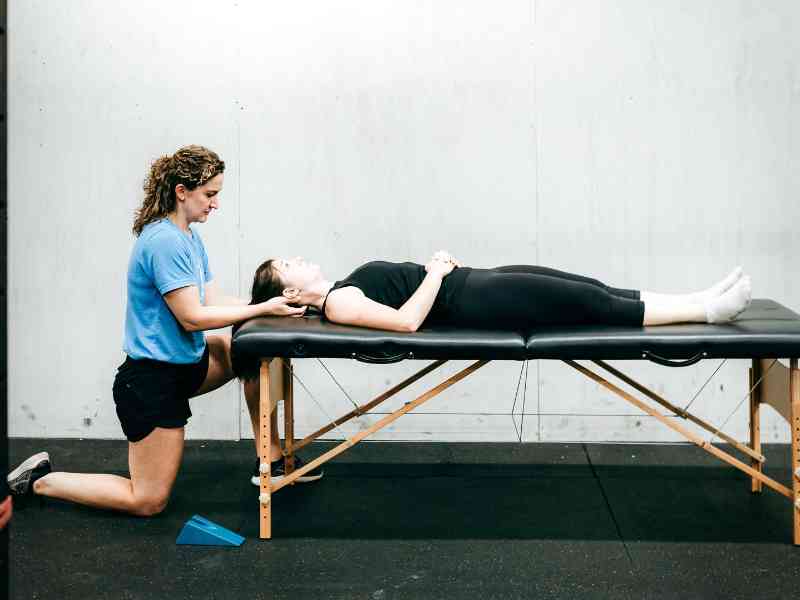
Rule Out Significant Injury
Remember, the majority of car accident injuries are minor. But even if you don’t require transfer to the emergency department, it is important to properly assess any injuries that could be barriers to your recovery.
If you experienced immediate onset of neck pain, have tenderness over the midline of the back of your neck, are experiencing numbness or tingling in any of your limbs, can’t turn your head more than 45 degrees, or had a specifically dangerous accident type then you likely require further diagnostic imaging.
A healthcare provider such as your physician or physical therapist will use clinical decision making algorithms to assess your need for additional testing such as an x-ray or CT scan.
Assemble Your Care Team
As previously mentioned, it is very important to find healthcare providers who have experience managing accident cases whether they be physical therapists, physicians, chiropractors, etc.
A well-trained provider will be able to use validated evaluation criteria to identify your recovery risk or anticipated trajectory and properly dose your treatment.
Why does this matter? Research has shown that overtreatment of car accident patients can actually lead to up to 40% longer recovery times. Find a health care team that will provide you the most appropriate treatment and communicate well with one another to facilitate your recovery.
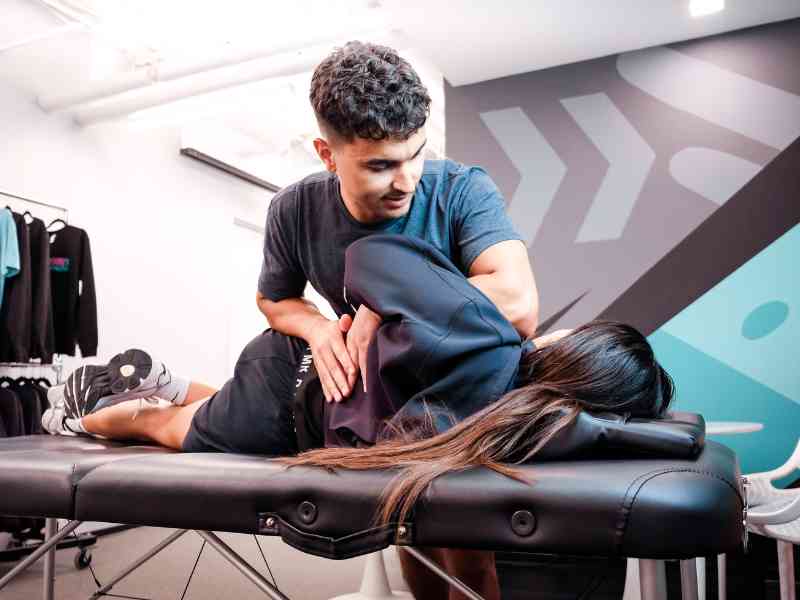
Get Proper Treatment, Quickly
After an accident, most of a person’s recovery happens in the first 12 weeks which means that it is extremely important to seek out the best care right away. This is also supported by the research.
Studies have found that access to high quality physical therapy within 14 days of an accident not only leads to a better recovery but also results in better legal and financial outcomes. It also leads to a 3-5x reduction in opioid usage, a 3-7x reduction in surgery, and a 60% reduction in the total cost of post-accident care.
If you have a low risk profile for chronic disability, you will likely recover quickly and uneventfully. Treatment will likely require less frequent visits to monitor progress and ensure return to normal pain-free home life, work, and hobbies.
If you are at an increased risk or are predisposed to a delayed recovery or chronic disability, your treatment will be more frequent and tailored to your individual impairments and goals. Remember, predisposed does not mean predestined. Great care focused on helping you return to your normal activities without pain can drastically change your trajectory.
In treatment, your physical therapist should clearly describe your primary exam findings, your overall prognosis, and their anticipated treatment plan so that you can work effectively together. It is critical that you feel confident in your recovery plan.
Your treatment plan should be personalized to you and may include specific education, gentle manual therapy, therapeutic exercises, modalities, and guided return to functional activities like playing with your kids or getting back to the sports you love.
Take an Active Role In Your Recovery
You as the patient can also drive your progress forward by staying active and emphasizing healthy habits. Naturally it can be scary to get moving again after a painful accident. We as healthcare providers call this fear-avoidance behavior. However, movement and guided exercises are more beneficial for healing than prolonged rest or immobility.
Did you know that your stress response can be even more predictive of your recovery potential than the severity of the accident? Taking a proactive approach to stress management, adequate sleep, and other healthy habits will also be hugely beneficial in maximizing your likelihood of a successful recovery.
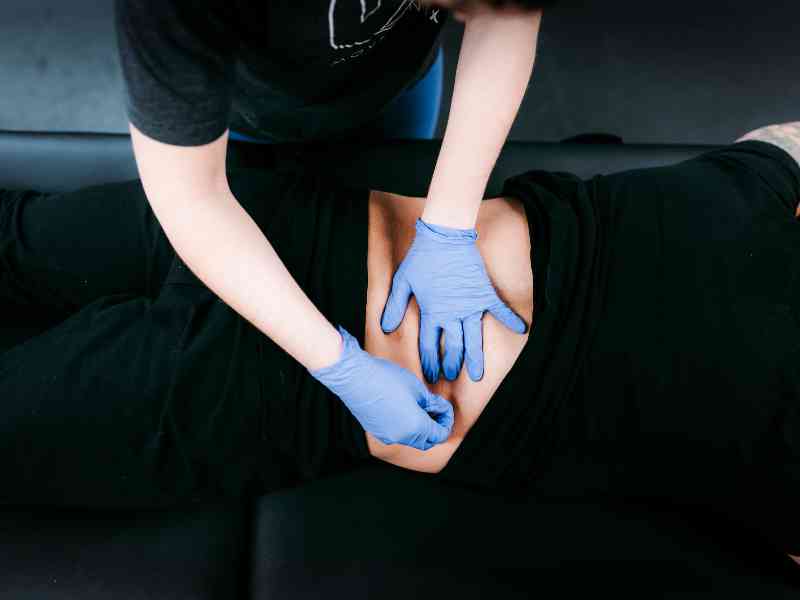
Communicate Your Progress (or Lack Thereof)
While some ups and downs in the recovery process are normal, patients can sometimes get stuck or regress. If you are not seeing improvements in pain, headaches, mobility, function, and even sleep, you should discuss this with your provider.
There are also some yellow and red flag symptoms that should immediately be mentioned to your physician or physical therapist if present.
These include severe or worsening pain, numbness/tingling or weakness in one or both arms, persistent headaches (greater than 6/10 intensity), or dizziness, vision changes, or difficulty with balance.
Consider Finding a Great Attorney
Attorneys can help secure finances for high-quality medical care that an injured person might otherwise forego due to cost. They can also significantly reduce your administrative and emotional burden, reducing your stress and allowing you to focus on your medical treatment and recovery.
Put the Accident in the Rearview Mirror
The road to recovery after a motor vehicle accident can sometimes feel daunting and unpredictable. However, the most important takeaway is this: while your initial injury trajectory might seem predetermined, with the right help your long-term outcome is very much within your control.
By taking action in the immediate aftermath of an accident, you put yourself on the fastest path to healing. Start today. Your smooth road to recovery begins with the first informed step.
Sources
- Côté P, Hogg-Johnson S, Cassidy JD, Carroll L, Frank JW, Bombardier C. Initial patterns of clinical care and recovery from whiplash injuries: a population-based cohort study. Arch Intern Med. 2005;165(19):2257-2263. doi:10.1001/archinte.165.19.2257.
- Elliott JM, Walton DM. Whiplash-Associated Disorders: Evidence-Based Practice [Online Course/Presentation]. MedBridge.
- Law Offices of Bryan Musgrave. What Are the Odds of Getting in a Car Crash? Law Offices of Bryan Musgrave website. Published June 24, 2024. Accessed September 25, 2025. https://www.bryanmusgrave.com/what-are-the-odds-of-getting-in-a-car-crash/
- Page Y, Cuny S, Hermitte T, Labrousse M. A Comprehensive Overview of the Frequency and the Severity of Injuries Sustained by Car Occupants and Subsequent Implications in Terms of Injury Prevention. Ann Adv Automot Med. 2012;56:165-174. https://pmc.ncbi.nlm.nih.gov/articles/PMC3503418/. Accessed September 25, 2025.
- Pastakia K, Kumar S. Acute whiplash associated disorders (WAD). Open Access Emerg Med. 2011;3:29-32. Published April 27, 2011. doi:10.2147/OAEM.S17853.
- Whiplash injury. Johns Hopkins Medicine. Revised February 25, 2024. https://www.hopkinsmedicine.org/health/conditions-and-diseases/whiplash-injury.
- Whiplash Associated Disorders. Physiopedia. https://www.physio-pedia.com/Whiplash_Associated_Disorders.
- Yadla S, Ratliff JK, Harrop JS. Whiplash: diagnosis, treatment, and associated injuries. Curr Rev Musculoskelet Med. 2007;1(1):65-68. doi:10.1007/s12178-007-9008-x. https://pmc.ncbi.nlm.nih.gov/articles/PMC2684148/. Accessed September 25, 2025.



